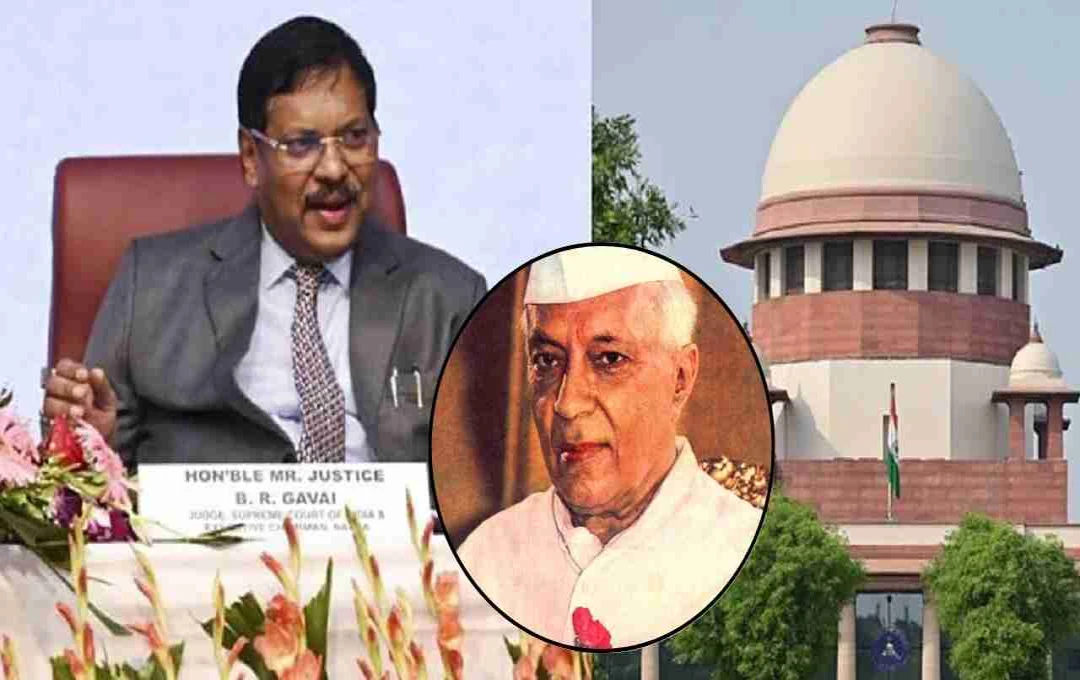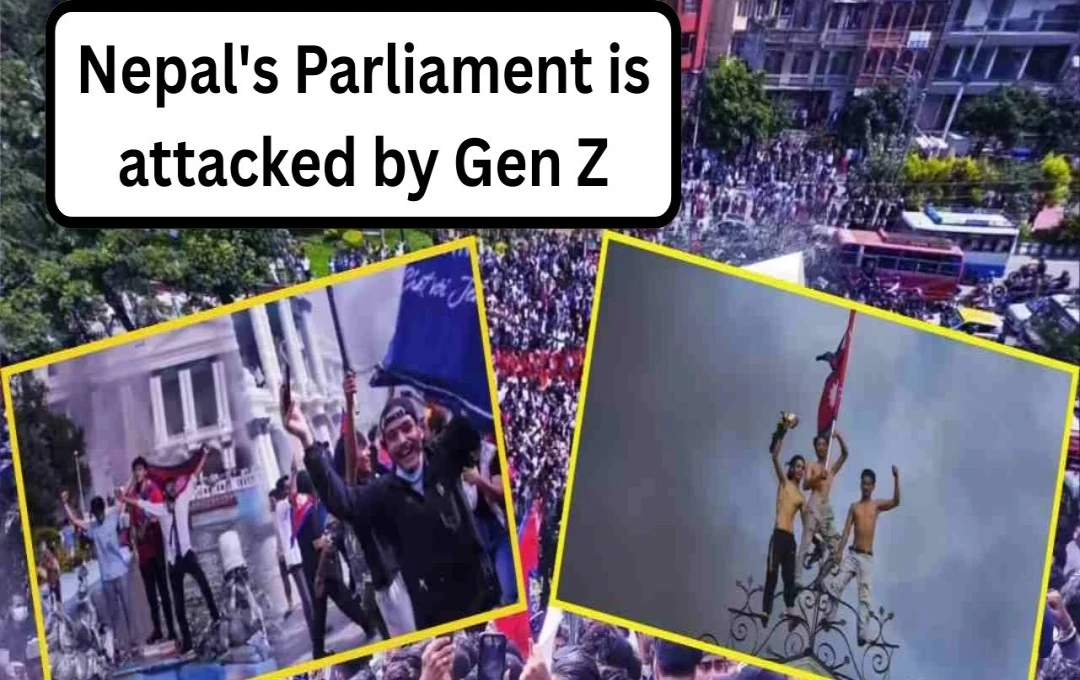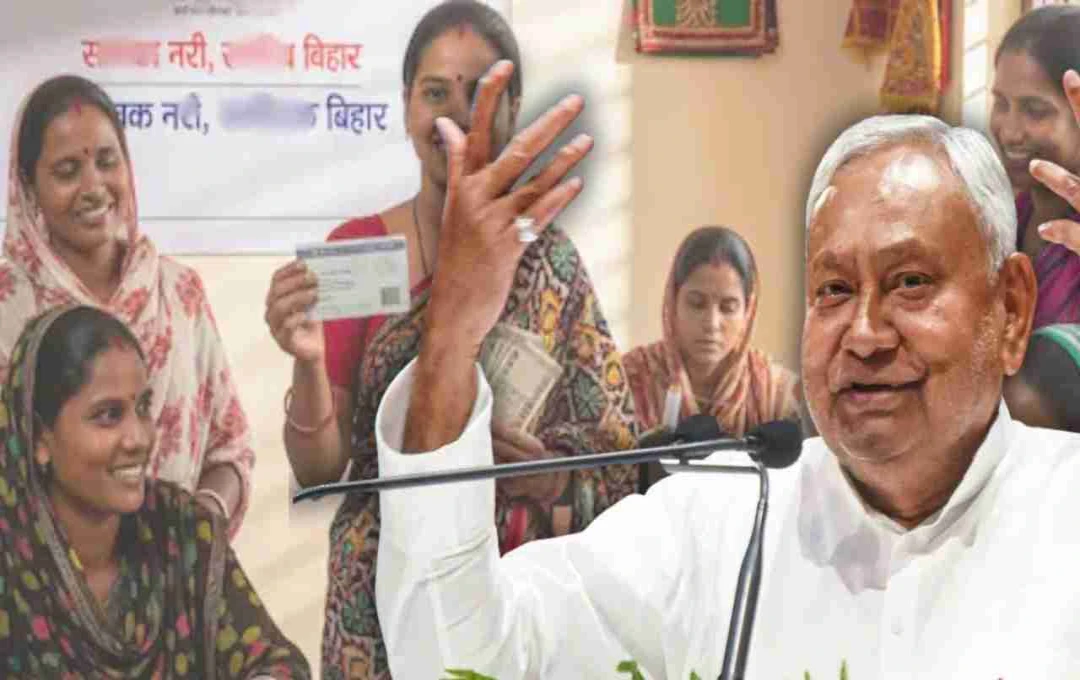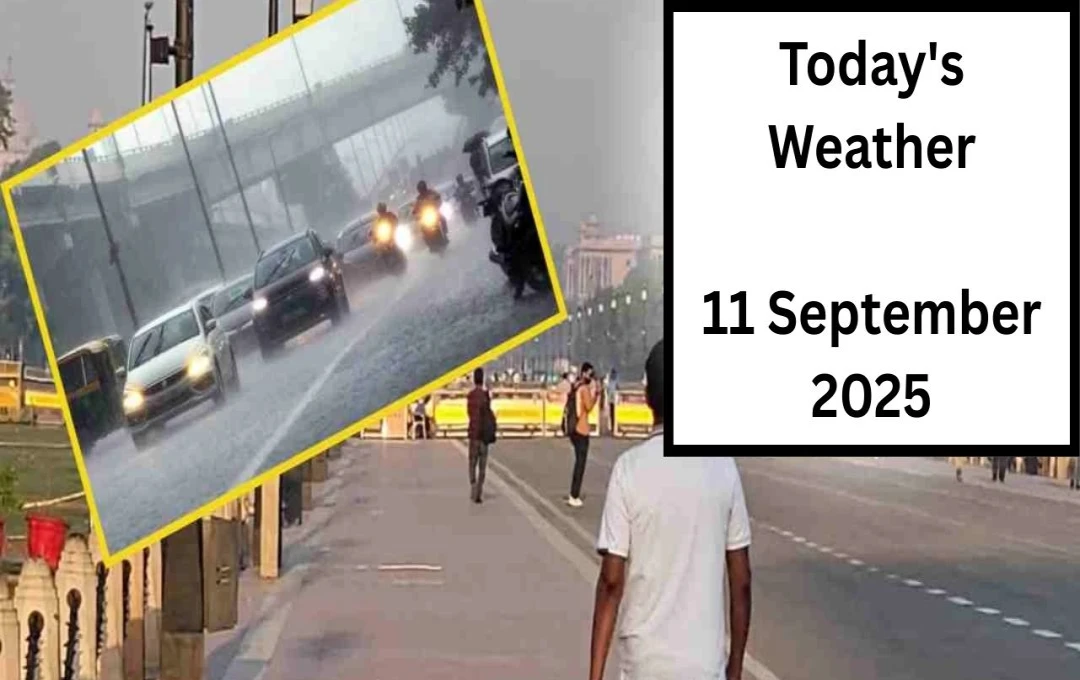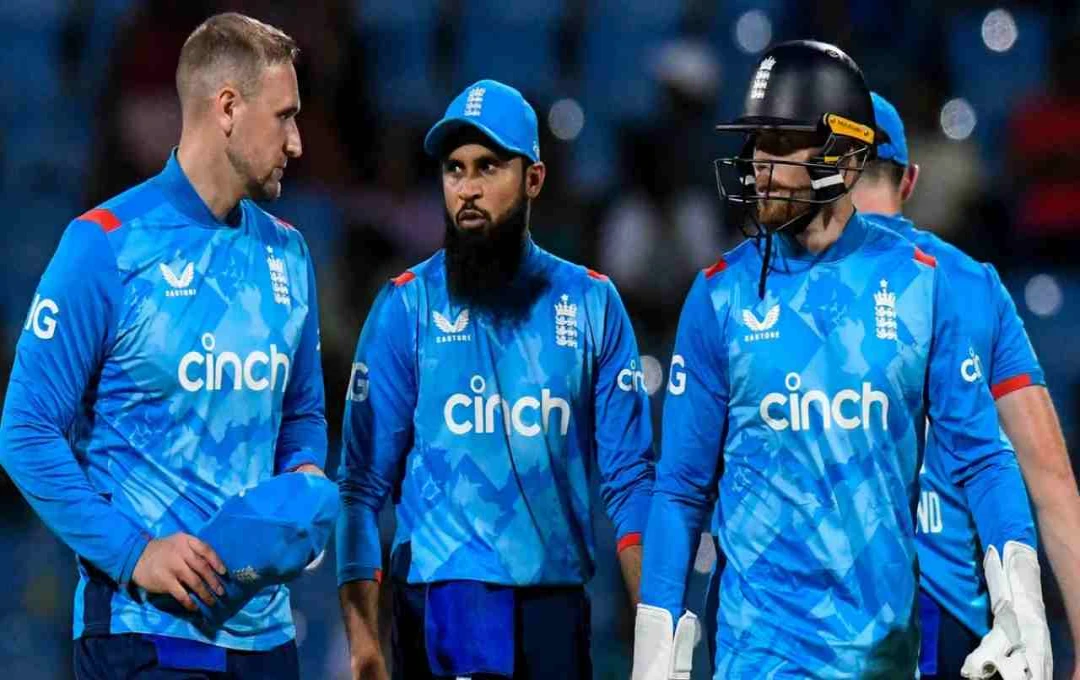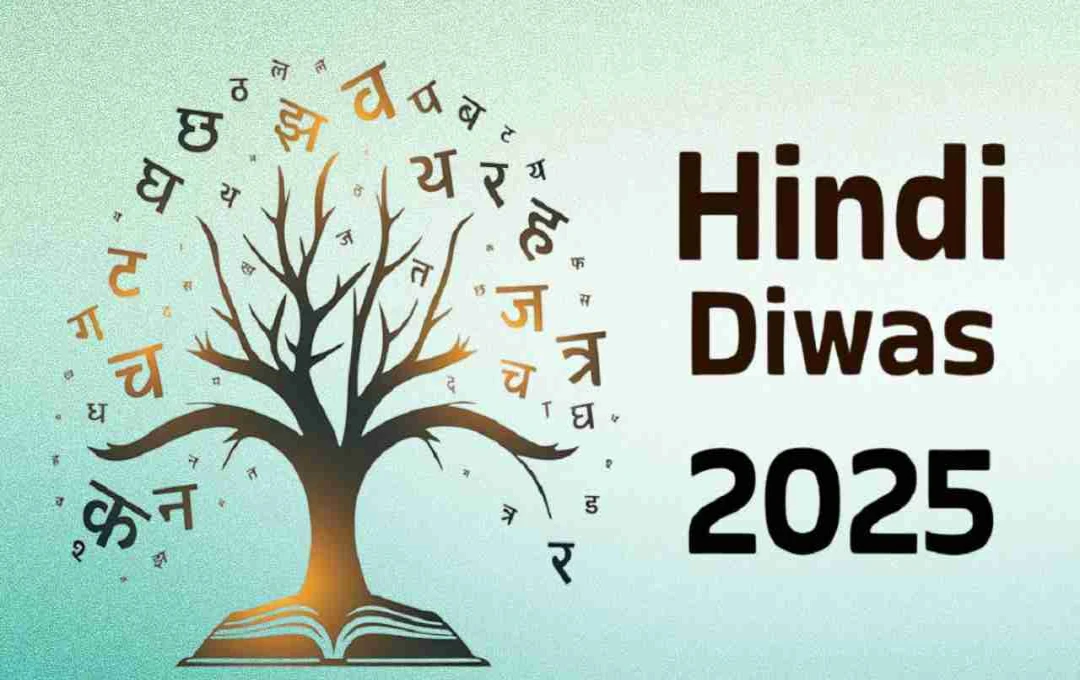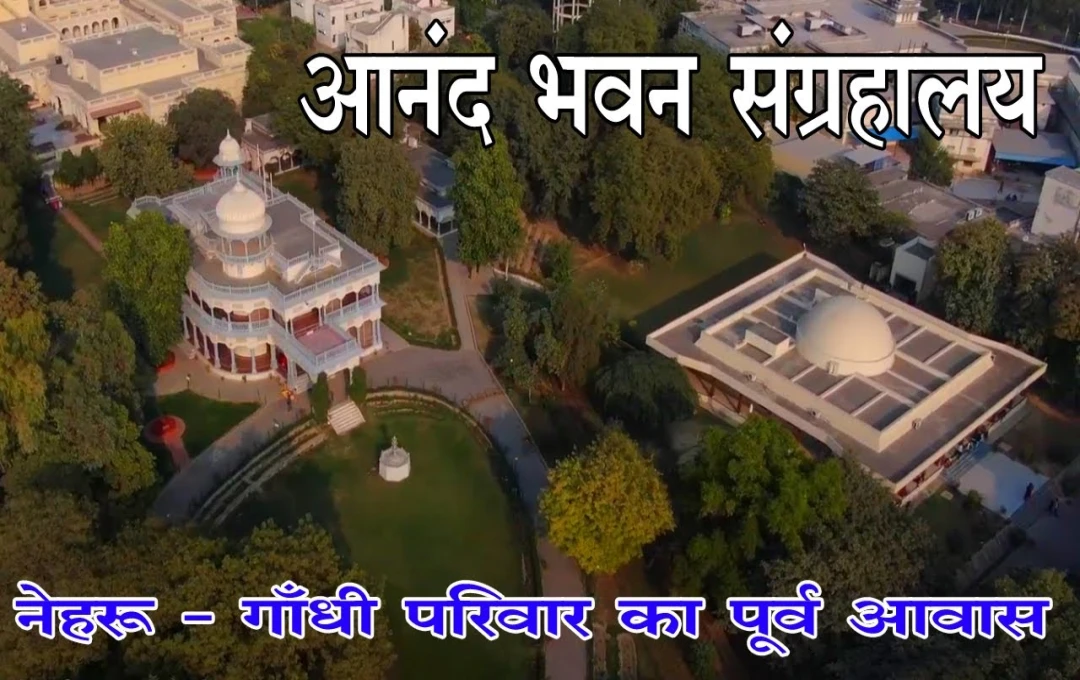Chief Justice of India (CJI) D.Y. Chandrachud stated that the Nehru government violated norms in the appointment of CJIs. He highlighted the appointment of P.B. Gajendragadkar as Chief Justice, bypassing senior judges.
New Delhi: Chief Justice of India (CJI) D.Y. Chandrachud recently made a significant statement during an international event regarding the process of appointing judges to the Supreme Court and High Courts. He alluded to the country's first government, stating that judicial appointments in India haven't always been impartial. He cited two key appointments made during the governments of Pandit Jawaharlal Nehru and Indira Gandhi, illustrating how seniority norms were disregarded in the appointment of Chief Justices.
Where and Why the Statement Was Made
CJI Chandrachud participated in a roundtable conference on "Maintaining Judicial Integrity and Public Trust," organized by the UK Supreme Court in London. It was during this event that he shared his views on judicial appointments in India and how governments in the past overlooked regulations. He explained that before 1993, the government held the final authority in judicial appointments, and during that period, the two most senior judges were overlooked on two occasions.
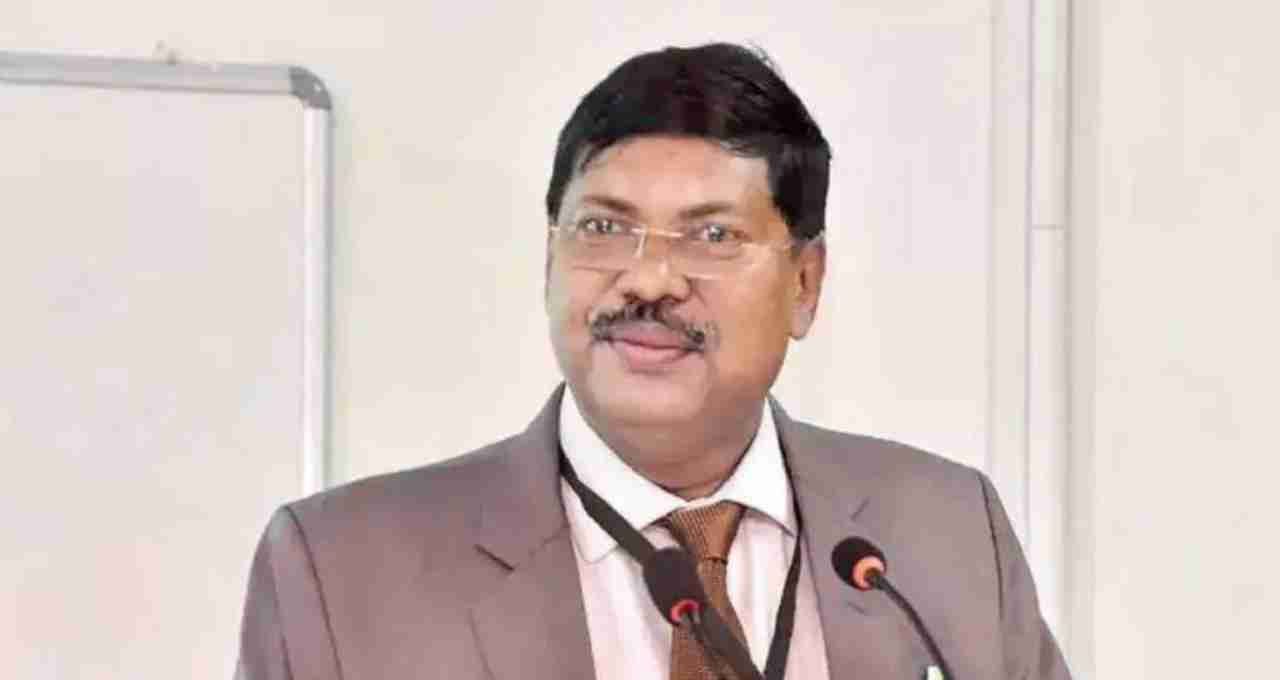
How Did the Nehru Government Violate the Norms?
According to CJI Chandrachud, in 1964, when the time came to appoint a new Chief Justice, Justices Syed Jaffar Imam and Hans Raj Khanna were the most suitable and senior candidates according to tradition. However, the then-Nehru government, citing health reasons, did not appoint either of them. Instead, Justice P.B. Gajendragadkar was appointed as the new Chief Justice of India.
Who Was Justice P.B. Gajendragadkar?
Justice Prahlad Balacharya Gajendragadkar (P.B. Gajendragadkar) was the seventh Chief Justice of India. He was born on March 16, 1901, in Satara district, Maharashtra. He completed his postgraduate studies from Deccan College, Pune, and then earned his LLB from ILS Law College. He became a lawyer in the Bombay Bar in 1926 and was appointed a judge of the Bombay High Court in 1945. He became a Supreme Court judge in 1956 and then the Chief Justice of India on February 1, 1964. He served in this position until March 15, 1966.
Questions Raised on Gajendragadkar's Appointment
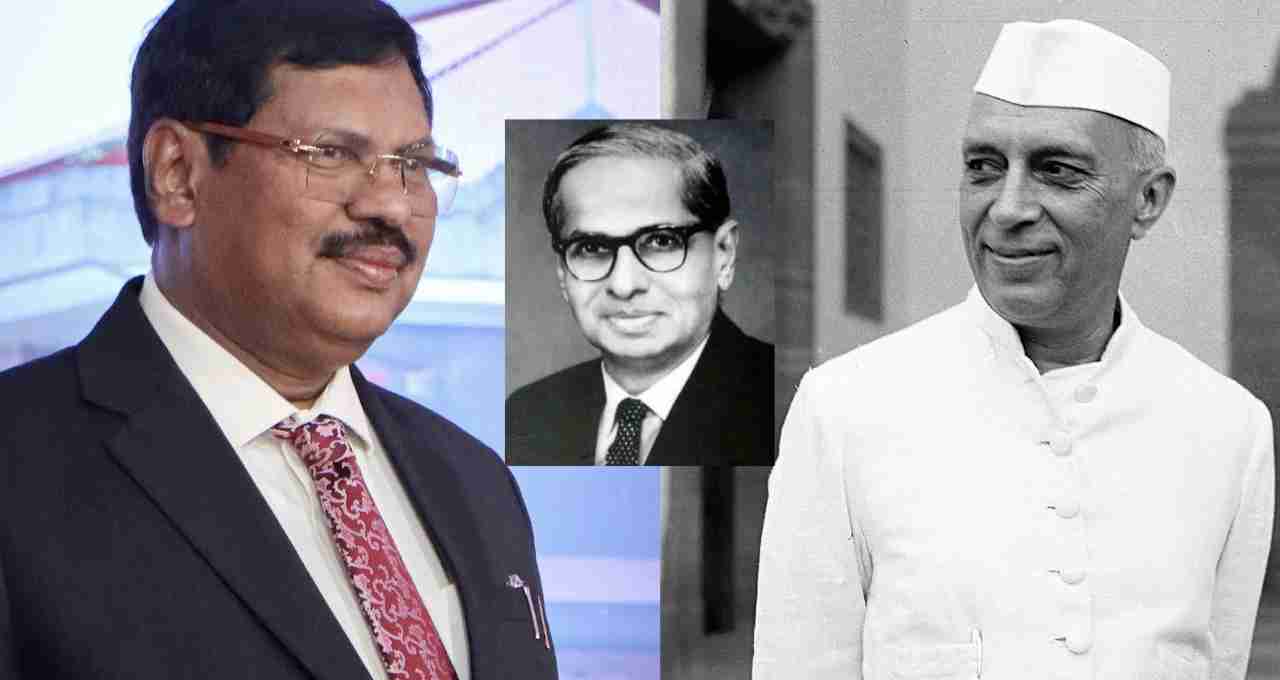
The appointment of Justice Gajendragadkar as Chief Justice, bypassing senior judges, by the Nehru government, remained controversial for many years. In political and legal circles, it was believed that the Nehru and later Indira Gandhi governments favored judges who were close to them and considered "supportive." This led to accusations that Gajendragadkar was lenient towards the governments.
Gajendragadkar's Post-Retirement Controversies
After retiring from the position of CJI, P.B. Gajendragadkar was given responsibility for several important government commissions, including the Law Commission, Labour Commission, and Dearness Allowance Commission. He also led the Jammu and Kashmir Inquiry Commission and the Banaras Hindu University Inquiry Commission. It is believed that he received these positions due to the favor of the Congress governments, raising doubts about the impartiality of his judicial career.
The Shanti Bhushan and Gajendragadkar Dispute
Former Law Minister Shanti Bhushan made serious allegations against P.B. Gajendragadkar in his autobiography. He wrote that Gajendragadkar deliberately prevented him from becoming CJI. When Shanti Bhushan became eligible for the CJI position, Gajendragadkar cited his age to prevent his appointment. Later, when the Janata Party government came to power and Shanti Bhushan became the Law Minister, Gajendragadkar feared being removed from his post as Chairman of the Law Commission.
Shanti Bhushan wrote that after retirement, Gajendragadkar met him several times and requested that he not be removed from the post of Chairman of the Law Commission. This raises the question of whether he truly benefited from his closeness to the Nehru and Indira Gandhi governments.
